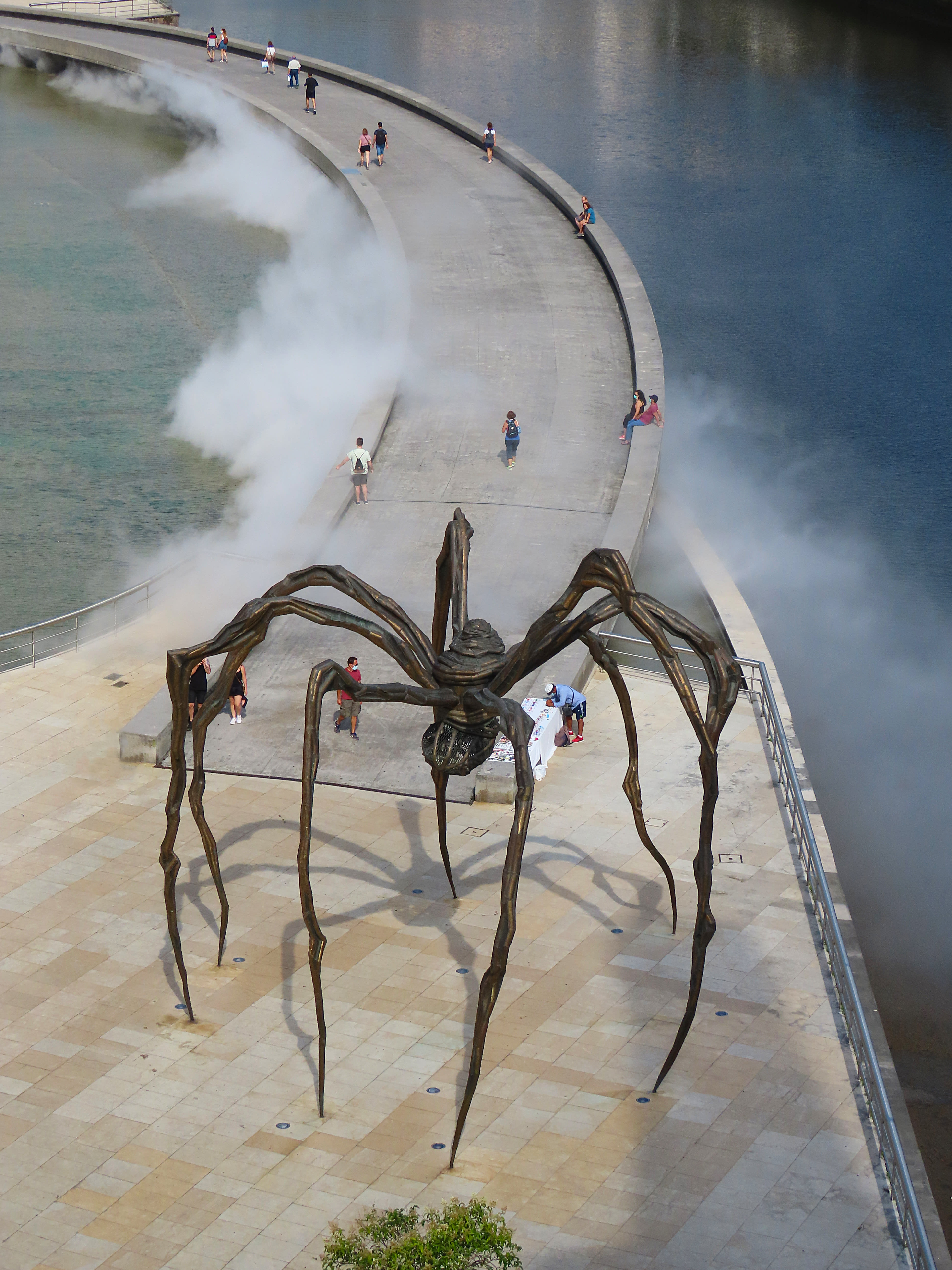


Are you sure you want to reset the form?
Your mail has been sent successfully
Are you sure you want to remove the alert?
Your session is about to expire! You will be logged out in
Do you wish to stay logged in?

For Gertrude Jekyll (1842–1932), the influential British garden designer, spending time in a garden could be a transcendental experience. As Dora Vanette writes in her new designer biography, Jekyll designed over 400 gardens throughout her life, was a horticulturalist, photographer and writer, and was known for popularizing flowing herbaceous borders and crafting picturesque vistas through dynamic plant compositions. Sara Hendren looks at Natalie Jeremijenko’s AgBag project, a suspendible “container garden” that can be hung outside small urban spaces, in her chapter “Speculative Making” in After Universal Design, edited by Elizabeth Guffey. Through an exploration of designs that mix fantastical and pragmatic forms, Hendren takes AgBags as a jumping off point to consider how speculative designs for disability can “provide very practical and urgent means of everyday access while also pointing outward from themselves to a larger cultural milieu.” Elsewhere, through a critical spatial lens, Mark Taylor examines what happens when the outdoors comes inside. He writes about pests and creepy crawlies in the home in his chapter in Domesticity Under Siege, co-edited with Georgina Downey and Terry Meade, taking us on a journey through insect besiegement, transgressed boundaries, and fears real and imagined in films, folk tales, and popular imagery.

Outdoor sculptures can have a real impact. Depending on the scale, the location, or materials used, they can range from breathtakingly beautiful to weird and striking. It may unnerve some people to know that there are several 30 ft steel spiders in public places throughout the world, part of Louise Bourgeois’ sculpture series, Maman. In new designer biographies, Heather Gibson Moqtaderi writes about sculpture artists known for their memorable public art. Ruth Asawa (1926–2013) was known for her hypnotic looped wire sculptures and work such as the Andrea fountain in San Francisco, which features mermaids, turtles, and frogs. Toshiko Takaezu (1922–2011) created huge closed-form ceramic pots with an immersive viewing experience in mind, which reflected her interest in nature, and she produced a series of human-scale tree structures inspired by the Devastation Trail in Hawaii’s Volcanoes National Park. Laura Breen analyzes discourse around materials used for sculptures in the chapter, “Space and Place” in her book, Ceramics and the Museum. She looks back at an exhibition in the 1980s which featured only the work of trained ceramicists, organized by Tony Hepburn (1942–2015) at Yorkshire Sculpture Park—500 acres of green space in the north of England with sculptures dotted all over the land.

In her book, Curating Design, Donna Loveday shows how design has come to the fore in curatorial practice, with designers becoming much more than “keepers” of a collection with a remit to create engaging narrative and experiential exhibitions inside and outside the museum. The book features interviews with several contemporary professionals including Renata Becerril, Founding Director of the International Design Festival, Abierto Mexicano de Diseño, Mexico, whose curation is inspired by a will for people in the street to “almost stumble across works and be amazed by what they are seeing.” Becerril’s interview provides insight into one notable creation for the 2015 festival by Morag Myerscough and Luke Morgan, Mirar y Ver (Ways of Seeing), which she describes as “a monumental, building-sized camera obscura, where visitors could enter a colourful chamber through a large portal situated on a scaffold supported structure” and gain a new perspective of the surrounding public square. Nushelle de Silva also writes about designing an outdoor exhibition experience in her chapter on The United States Small Industries Exhibition in the 1960s in Exhibitions Beyond Boundaries, edited by Harriet Atkinson, Verity Clarkson, and Sarah A. Lichtman. De Silva documents the travelling exhibition’s stint in Colombo, Sri Lanka, and the spectacle of large geodesic domes that were constructed to house industrial displays at Campbell Park.

As Jesse O’Neill and Nadia Wagner write, swimming in Singapore has an interesting history, from its visual representation in the designed environment to its political utilization by colonial and national governments. Dive in to their chapter “Leisure for the Modern Citizen” in Design and Modernity in Asia, edited by Yunah Lee and Megha Rajguru, in which they tread through the history of public swimming in Singapore from 1940 to 1970. They explore several pools nestled across the country’s landscape including the open air Yan Kit Swimming Complex, on top of a hill, which was designed in an organic and kinetic form to evoke dynamic movement and the athletic body in motion, and the Katong Swimming Complex, which features decorative tiling around the pool walls with images of swimming figures. In the chapter “Expanding the Remit of Realism in the Public Art of Halle-Neustadt” in Picturing Socialism, J. R. Jenkins writes about a panorama of murals which were envisioned for the façade of a swimming pool and other public buildings in the German Democratic Republic in 1967. The designer, radical Spanish graphic artist Josep Renau (1907–87), struggled to fulfil some of his artistic visions in the area, which Jenkins shows reveals something of the relations between artists, contract-givers, and art-political circles at the time.
Explore our archive of Bloomsbury Design Library previously featured content here.